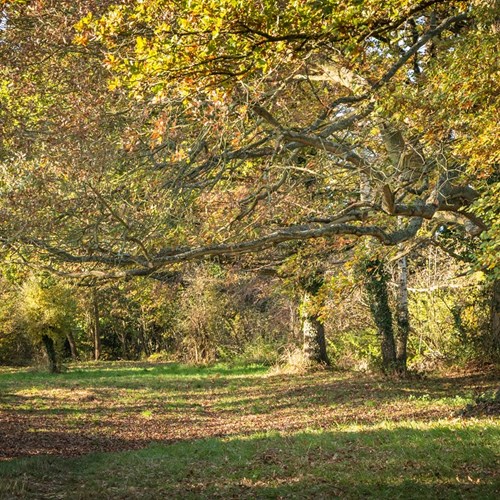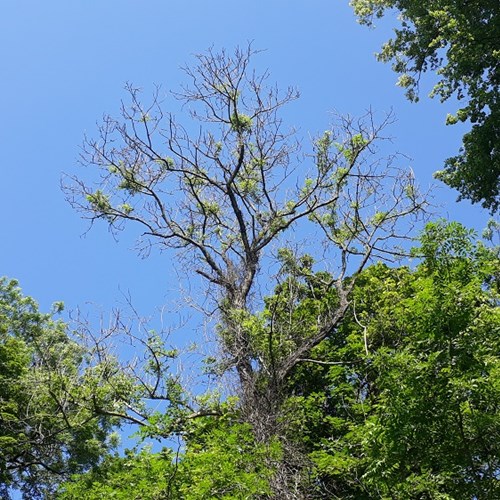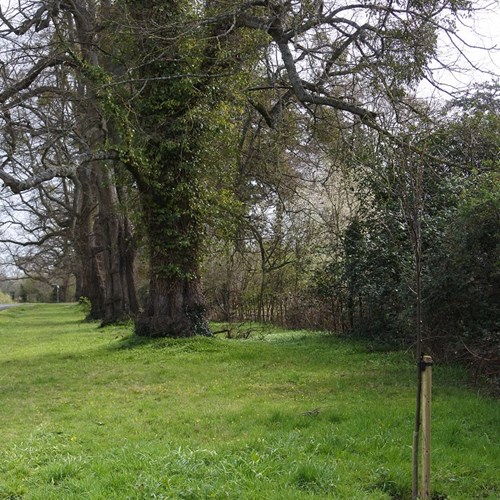Throughout this week we’ve been celebrating National Tree Week by sharing some of our favourite trees from around the Malvern Hills and Commons.
Around 30% of the land under the Trust’s care is native woodland and trees can also be found along the avenues, in hedgerows, in orchards and as stand-alone trees.
A huge variety of tree species from veteran hawthorns to newly planted hornbeams can be found here, each with their own features and characteristics that make them important for wildlife and people.
Woodlands and trees require care and management and you can find out more about how we take care of these important woodland areas and individual trees below.
Please also consider making a donation towards our Ash Dieback fund to support our small charity in dealing with the devastating affects of this disease. Thank you.
Woodland management
On the mid and lower slopes we have a range of different woodland types including ancient oak-ash woods to recent sycamore copses. Some of these woods are managed through minimal intervention, where nature is allowed to take its course.
In other areas we undertake careful management by thinning trees or creating glades to add structural diversity and allow sunshine in. A coppice worker undertakes this traditional form of woodland management in Park Wood, home to rare wildlife including Dormice and Herb Paris.
Invasive species
Brought over from the Mediterranean and planted in gardens adjacent to the Hills by the Victorians, Laurel has escaped and spread onto the lower slopes.
Due to its evergreen nature and ability to grow in shady places, laurel is outcompeting native woodland flora including bluebells and wood anemone. This growth also stops the natural regeneration of the woodland understory which reduces the diversity of the woodland and the wildlife it can support so staff and volunteers have been working hard over several years to get on top of this alien invasive plant.
Tree safety
The Trust manages a large number of trees near to roadsides and properties that require additional monitoring and management. Every three years, trees in high risk locations are surveyed by an independent arboriculturalist and any trees requiring work are done the following winter. Our staff keep a close eye on tree health throughout the year too.
Following Storm Arwen on the 26th and 27th November, staff and contractors have been dealing with a large number of trees that have blown down onto roads and paths. Such severe storms are likely to increase with climate change and more Trust resources are expected to be invested in dealing with the aftermath of such extreme weather.
Ash dieback and tree diseases
Tree diseases are a serious threat to the health of the UK’s woodlands. The Trust is currently managing the devastating impacts of ash dieback disease. It is thought that 60-80%of all ash trees in the UK will be lost.
Trees with severe infections become brittle and die and therefore must be made safe, including felling, where found near to properties and highways. Work has already begun to remove the trees with the most severe infections in high risk areas including Wells Road and Earnslaw Car Park.
This novel and essential management requirement means that the Trust is facing huge financial pressures as the disease takes hold. Read more about Ash Dieback and please donate.




